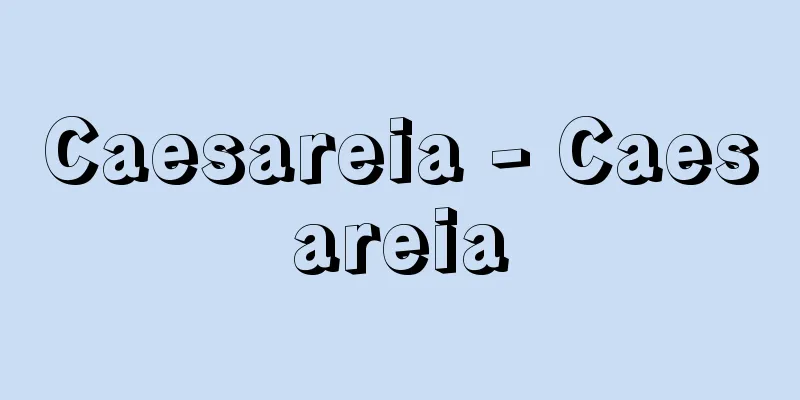Naval Defense Theory

|
In the late Edo period, theories of national defense advocated how to prevent foreign powers from advancing into Japan. As an island nation surrounded by the sea, theories of national defense developed as theories of maritime defense. At the time, Japan was under a policy of national isolation, but it did not have a particular coastal military system in place. However, with the issue of Russia moving south in the second half of the 18th century as a catalyst, theories of maritime defense became popular among intellectuals in connection with the Ezo issue. First, Kudo Heisuke, a physician of the Sendai domain, wrote "Akaezo Fusetsuko," in which he argued for the development of Ezo and trade with Russia from the standpoint of national defense and the economy, pointing out in particular that trade would allow understanding of the Russian national conditions and human feelings and make it easier to formulate countermeasures. Next, Hayashi Shihei wrote "Kaikoku Heidan" and "Sankoku Tsuran Zusetsu," in which he advocated the promotion of the navy and the improvement of artillery, and emphasized the need for coastal defense and development of Ezo. In response to this, Matsudaira Sadanobu, a senior councilor at the time, said that leaving Ezo undeveloped and barren would be beneficial for national defense, as it would serve as a buffer zone between Japan and Russia. Kudo Heisuke's theory was later inherited and developed by Honda Toshiaki ("Keisei Hisaku") and Sato Nobuhiro ("Kondo Hisaku"), who argued that rather than a passive coastal defense strategy, trade and overseas colonial management should be actively promoted. Other coastal defense theories from that time include Yamaga Sosui's "Kaibi Zensaku," Akai Tokai's "Kaiboron," and Koga Doan's "Kaibo Okusoku." However, as the end of the Edo period approached and foreign ships became a growing threat to Japanese waters, calls arose for the urgent need to strengthen coastal military facilities, regardless of the merits of the Ezo issue or trade issues, and eventually, by the end of the Edo period, this had developed into arguments for expelling foreigners and opening the country to the outside world. [Makoto Takeuchi] [References] | | | | | |Volume 1 "Naval Battle" by Hayashi Shihei, published in 1791 (Kansei 3), held at the National Diet Library "Marine Military Tales" "Daisho" by Hayashi Shihei, published in 1786 (Tenmei 6), held at the National Diet Library "Illustrated Guide to the Three Kingdoms" Source: Shogakukan Encyclopedia Nipponica About Encyclopedia Nipponica Information | Legend |
|
江戸後期、外国勢力の日本進出をいかにして阻止するかを説いた国土防衛論。海に囲まれた島国日本の国防論は、海防論として展開した。当時日本は鎖国下にあったが、とくに沿岸武備体制を敷いていたわけではなかった。しかし18世紀後半のロシア南下問題を契機として、識者の間に海防論が蝦夷(えぞ)地問題と絡んで盛んになった。まず仙台藩医の工藤平助(くどうへいすけ)は『赤蝦夷(あかえぞ)風説考』を著し、国防上・経済上の見地から蝦夷地開発およびロシアとの交易を主張、とくに、交易すればロシアの国情や人情がわかり、対策がたてやすくなることを指摘している。ついで林子平(しへい)は『海国兵談』『三国通覧図説』を著し、海軍の振興と大砲の整備充実を唱え、沿岸防備と蝦夷地開発の必要性を強調した。これに対して時の老中松平定信(さだのぶ)は、蝦夷地を開発せず不毛のままにしておくほうが、日本とロシアとの緩衝地帯になって国防上有益だと述べている。工藤平助の説は、のち本多利明(としあき)(『経世秘策』)や佐藤信淵(のぶひろ)(『混同秘策』)らによって継承発展され、受け身の海防策ではなく、むしろ貿易と海外植民地経営を積極的に推進すべきことが主張された。このほか当時の海防論としては、山鹿素水(やまがそすい)の『海備全策』、赤井東海の『海防論』、古賀侗庵(どうあん)の『海防臆測(おくそく)』などがある。しかし諸外国の船が日本近海を盛んに脅かす幕末期が近づくと、蝦夷地問題や貿易問題の是非に関係なく、沿岸武備充実の急務が叫ばれるようになり、やがて幕末期には、攘夷(じょうい)論や開国論へと展開していった。 [竹内 誠] [参照項目] | | | | | |第1巻 「水戦」 林子平著 1791年(寛政3)刊国立国会図書館所蔵"> 『海国兵談』 「題初」 林子平著 1786年(天明6)刊国立国会図書館所蔵"> 『三国通覧図説』 出典 小学館 日本大百科全書(ニッポニカ)日本大百科全書(ニッポニカ)について 情報 | 凡例 |
Recommend
Gas pistol
…Shooting competitions are broadly divided into c...
Limpet - Limpet
A shell shaped like an upturned cap (illustration)...
Domestic cat - Ieneko (English spelling)
A mammalian animal in the order Carnivora, family...
J. Yeager
…It was published in Germany in the early 16th ce...
Toji Temple Execution Diary - Toji Temple Execution Diary
This is a record written by successive administrat...
fireweed
… Willow herb is widely distributed throughout Ja...
Negro Freemasons (English spelling)
...It is also characterized by the fact that it h...
Aizen Myoo
A statue belonging to the Wrathful or Myo-o sects...
Rach Gia (English spelling)
A port city in southwest Vietnam, 200 km southwest...
volcaniclastic material
…(2) Secondary fragmentation of existing volcanic...
Kushida Shrine (Toyama) - Kushida Shrine
...In the Tohoku region, there is also a legend t...
Bacninh - Bacninh (English spelling)
The capital of Bac Ninh Province (population 941,...
Leptomitus
A genus of fungi in the subphylum Flagellate, clas...
Kamo no Agata-nushi
…Before the Ritsuryo system, the Kurumamochi clan...
Cerastium glomeratum (English spelling) Cerastium glomeratum
… [Eiji Miki]. … *Some of the terms that mention ...
![Toyotomi [Village] - Toyotomi](/upload/images/67cc5c465c6f5.webp)








![Fukuoka [town] - Fukuoka](/upload/images/67ccafb93db2f.webp)